Scroll right to see the works

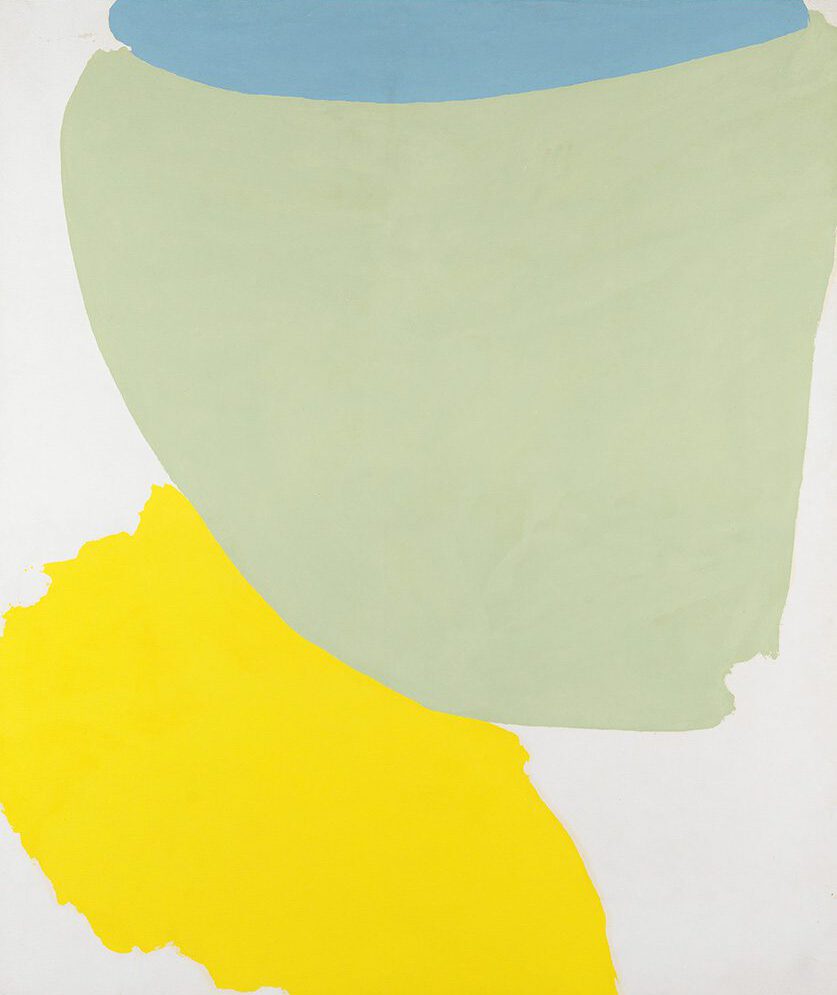

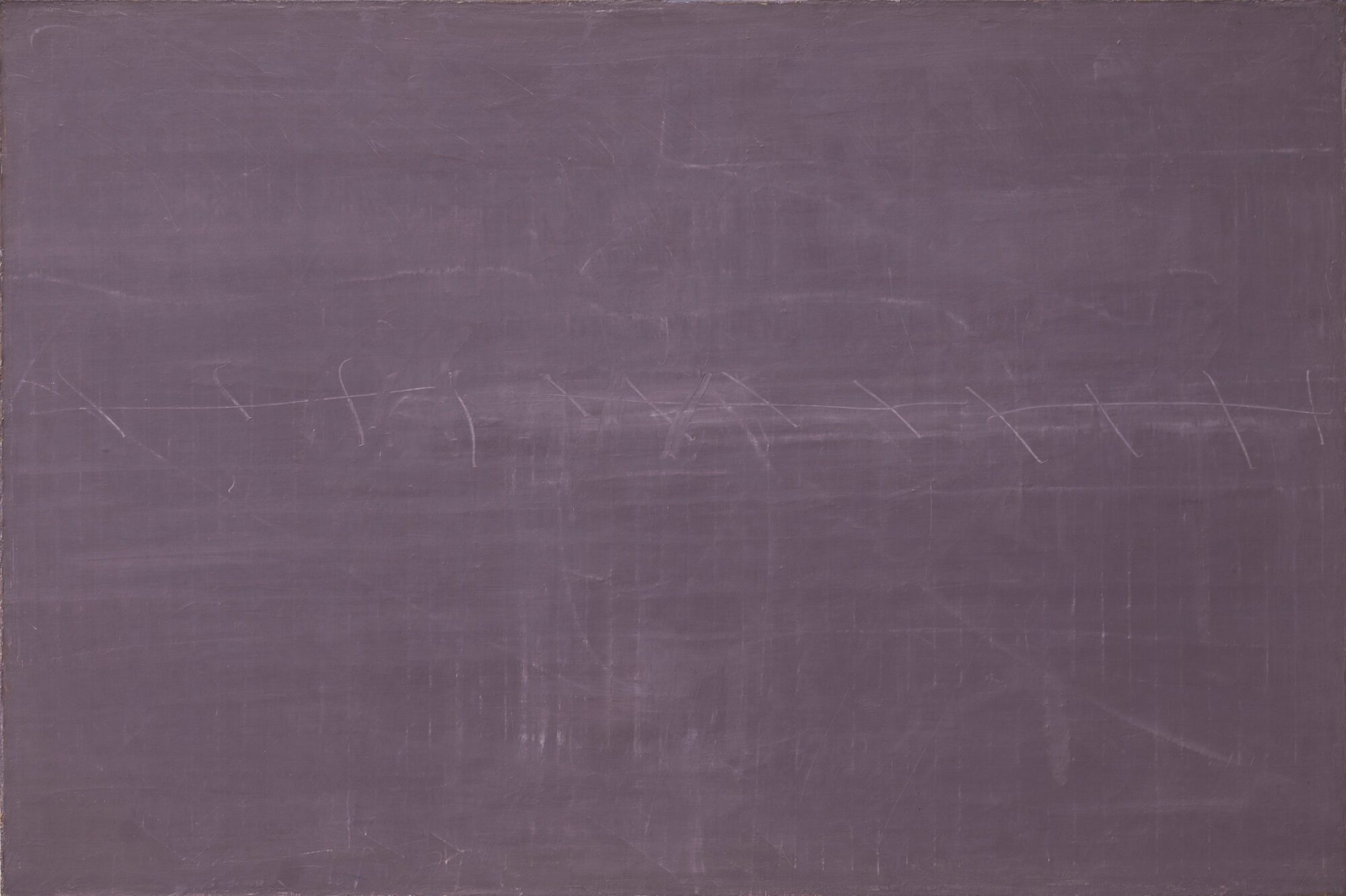
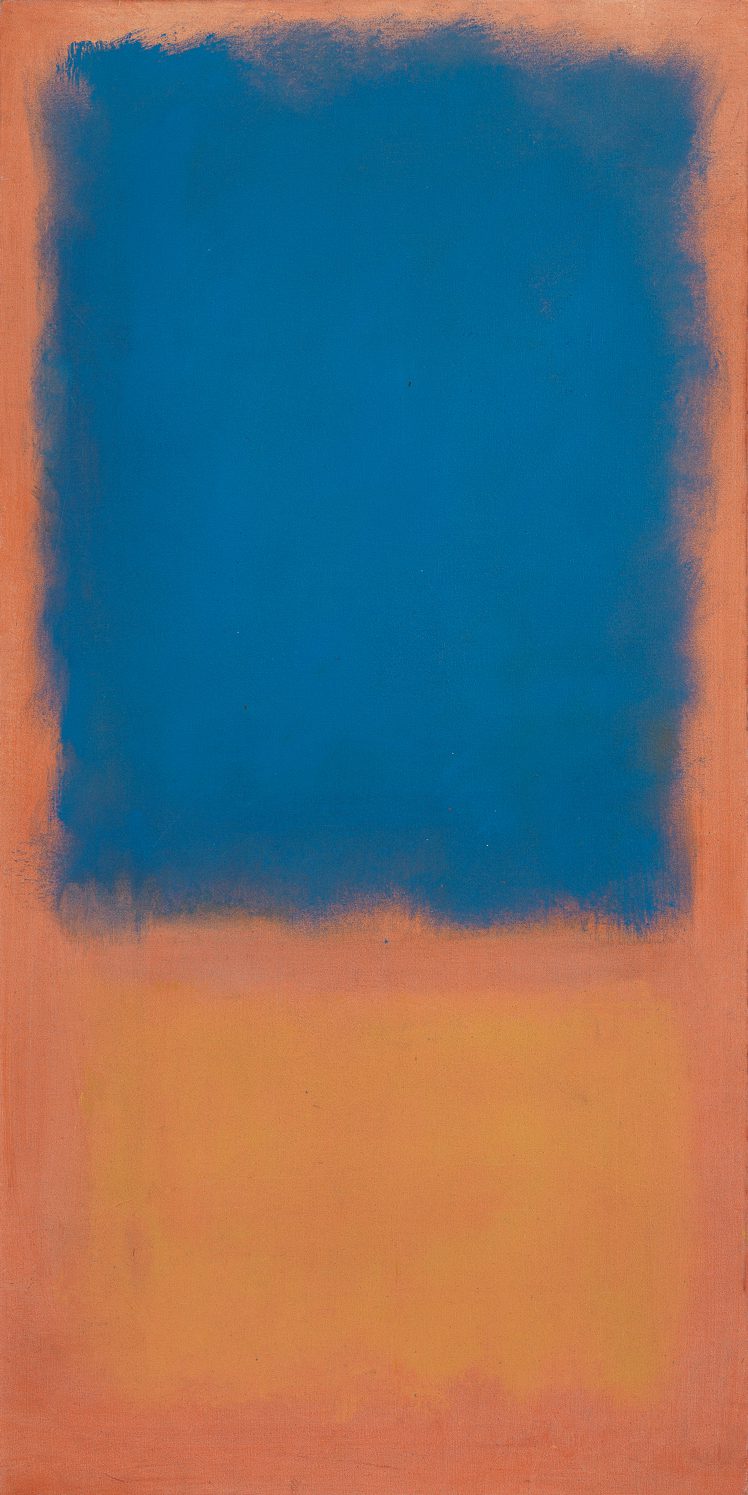

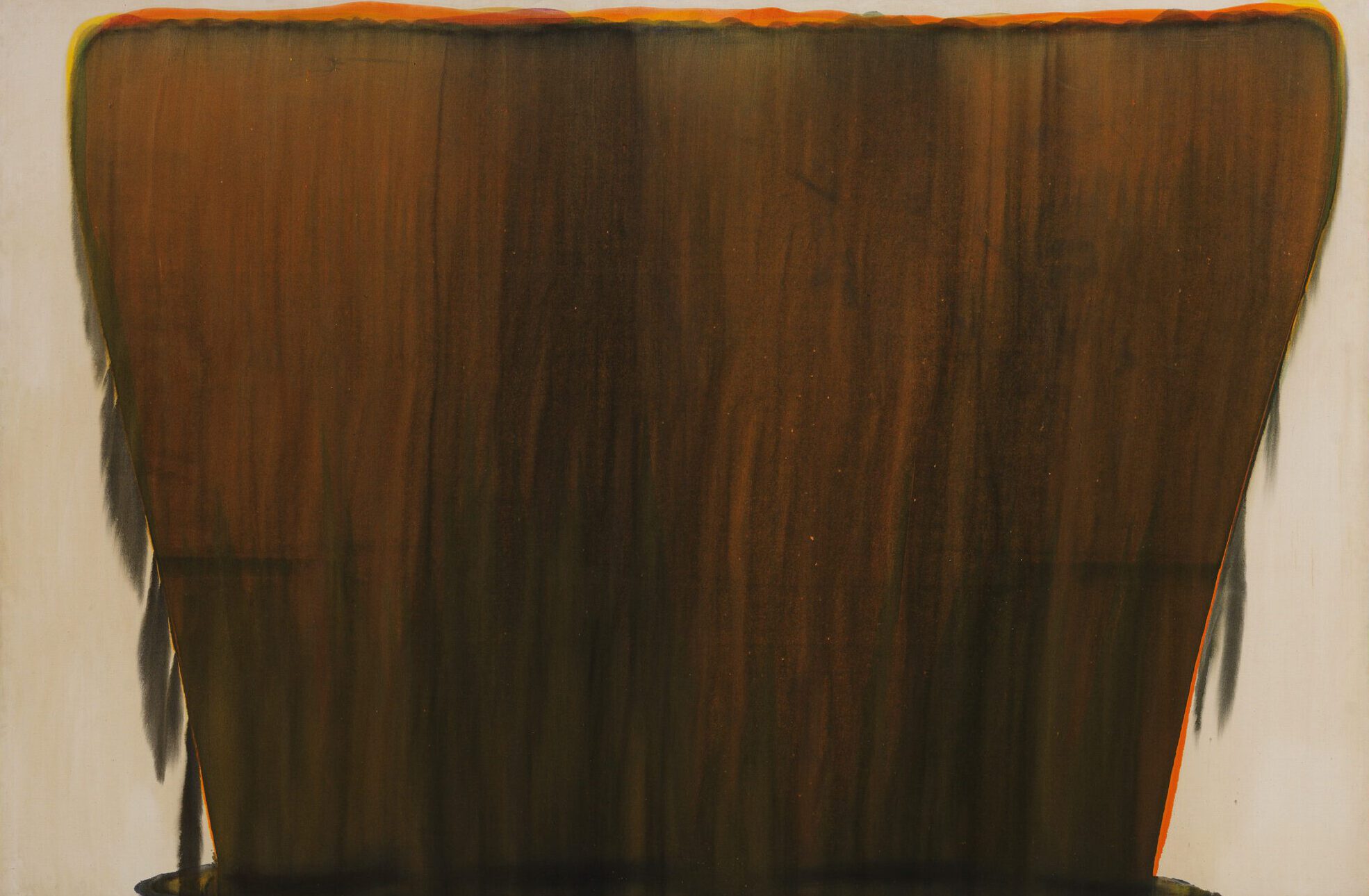
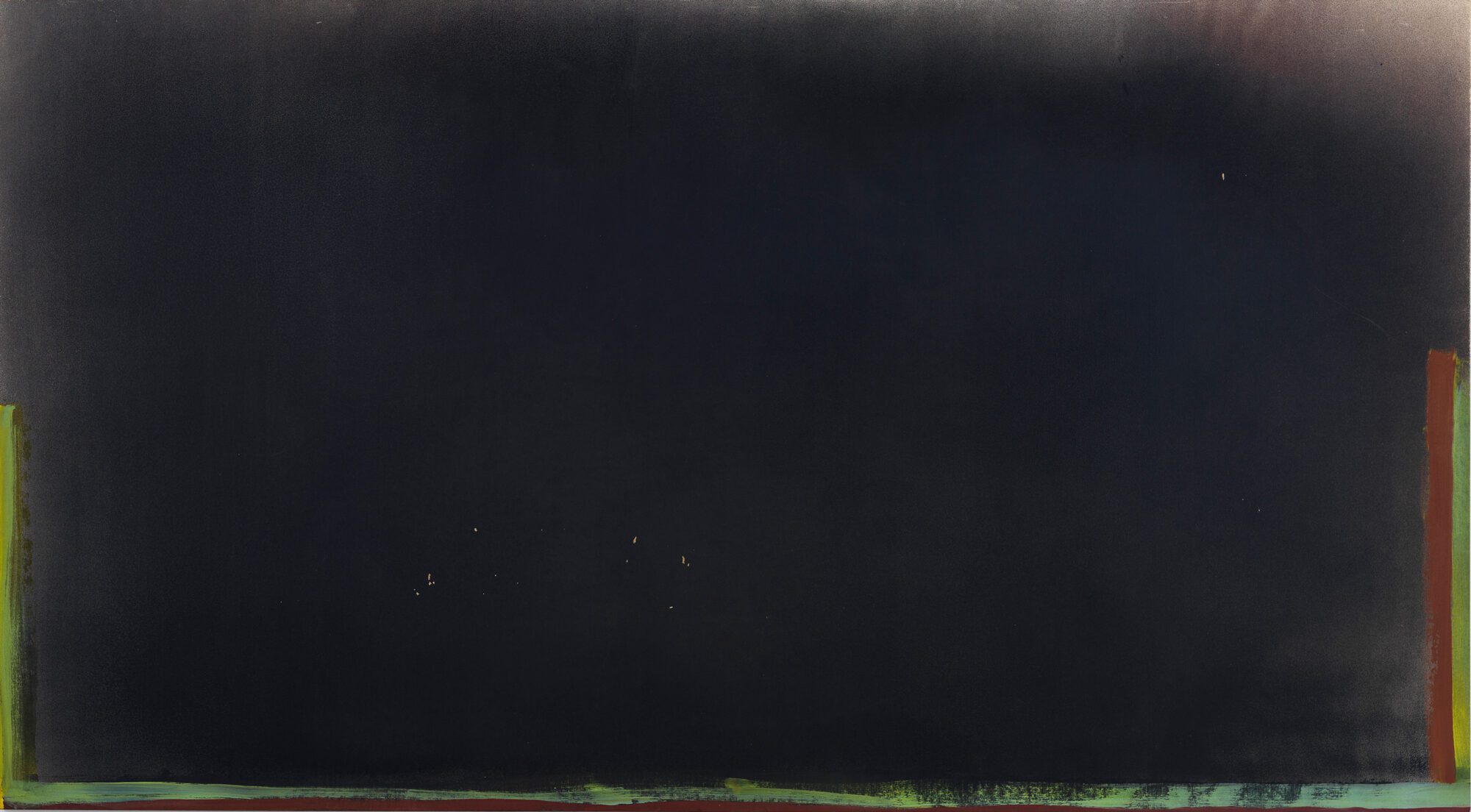

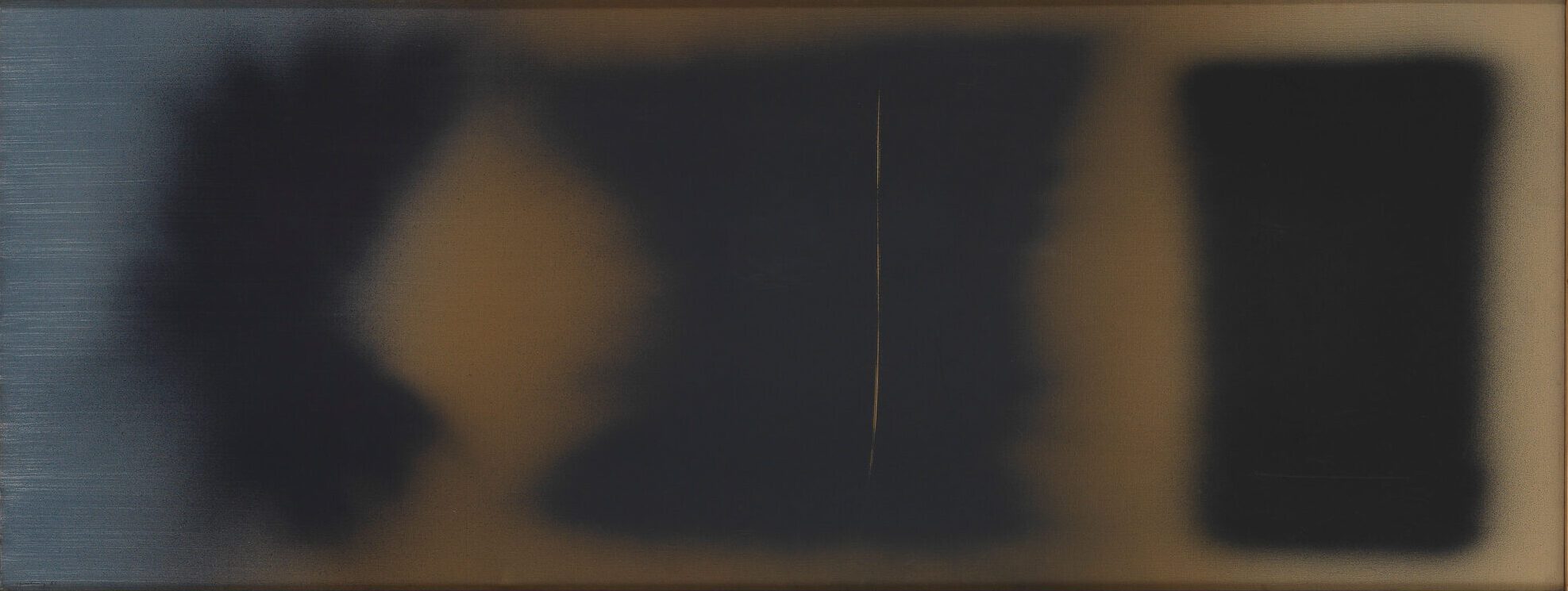
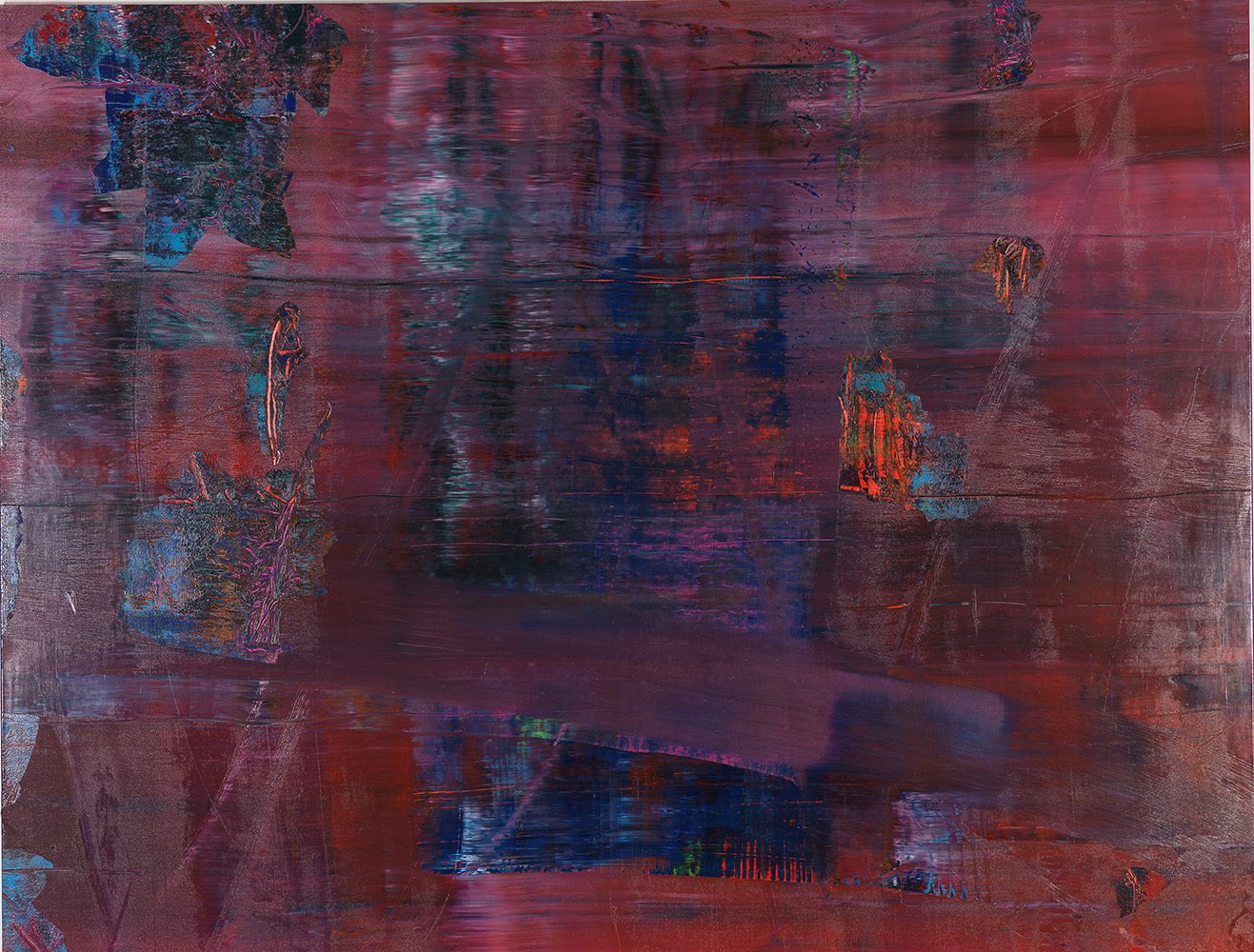
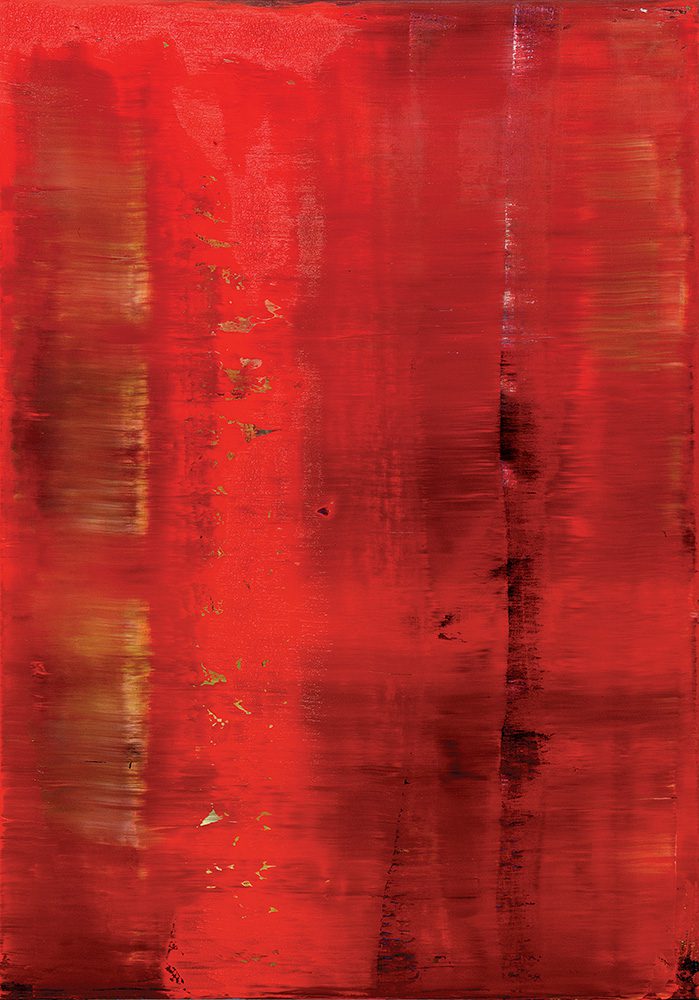
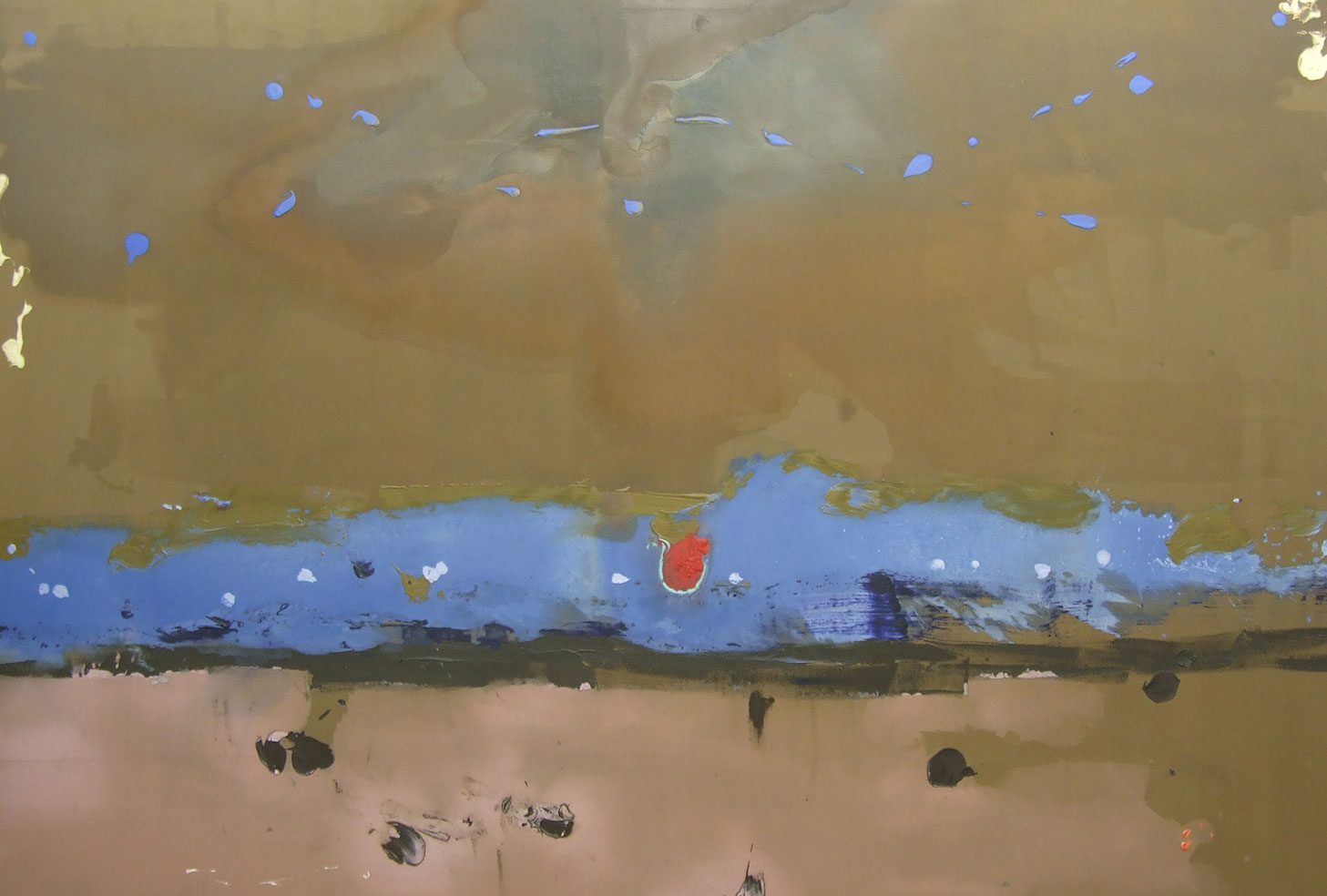

The artist Helen Frankenthaler stated: “A really good picture looks as if it’s happened at once. It’s an immediate image…to produce one really beautiful wrist motion that is synchronized with your head and heart, and . . . looks as if it were born in a minute.”
This gallery features painters who explored new approaches to the basic elements of the medium: form, color, texture, scale, and composition. Color Field painters such as Mark Rothko, Helen Frankenthaler, and Friedel Dzubas moved away from the gesture and ferocity that characterized Abstract Expressionism towards a calmer, more serene language, which in 1964 Clement Greenberg called “Post-Painterly Abstraction.” They experimented with new ways of handling paint, covering their canvases with large areas or pools of color that become the subject itself and offer the viewer a contemplative or meditative experience.
New York Color Field painters and Washington Color School artists, including Morris Louis, Sam Francis, and Kenneth Noland, used washes and fields of single colors of acrylic paint on raw canvas. “Soak staining” involved pouring a thinned painting medium onto canvas and allowing it to absorb over time, thereby avoiding visible traces of conventional application, such as brushstrokes. Using an industrial spray gun on unprimed canvas, Jules Olitski created elusive clouds of color that open and expand the surface toward the viewer, exploring the edges of the painting with varying textures. In the exhibition, Mark Rothko’s hovering diffusions, which seem to “dematerialize into pure light,” are coupled with Gerhard Richter’s shimmering scraped abstractions, reminiscent of photographic blur, demonstrating the evolution of non-representation in modern and contemporary art practice.